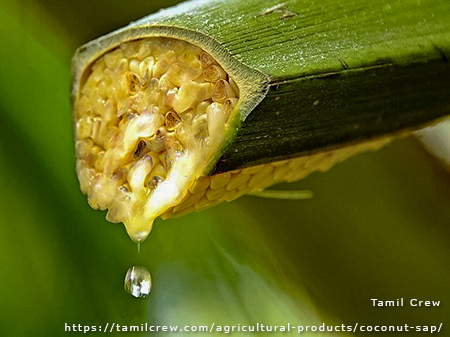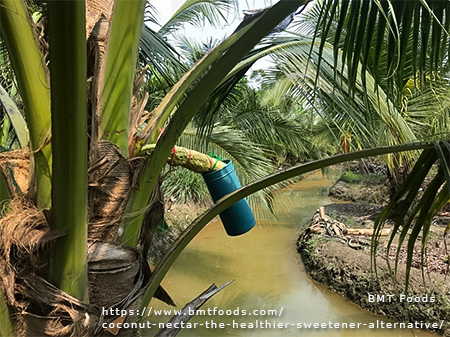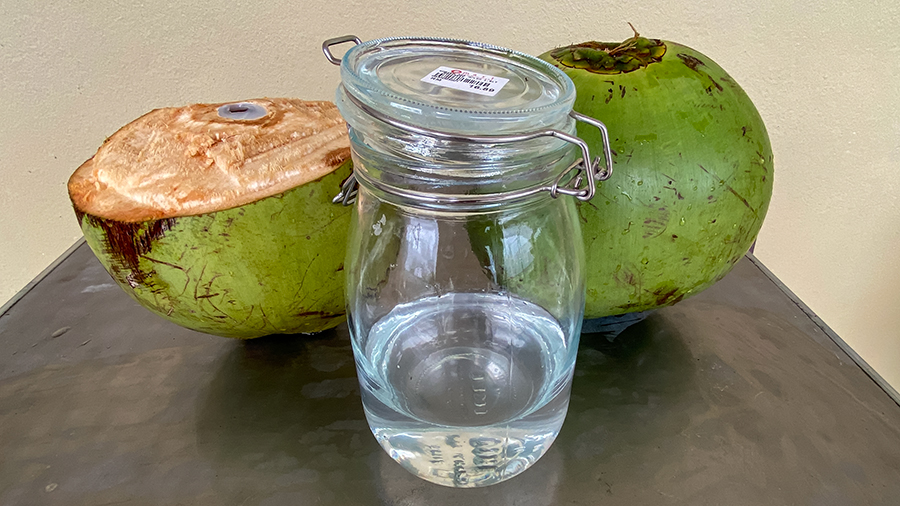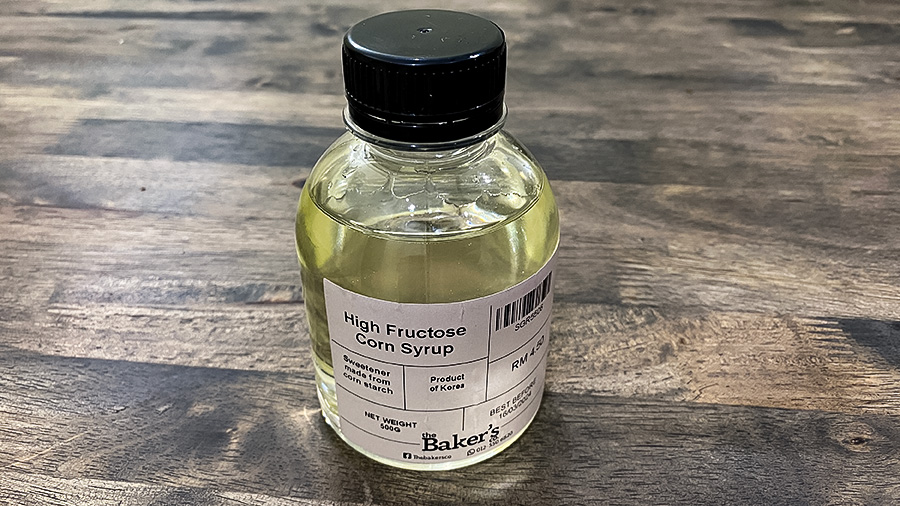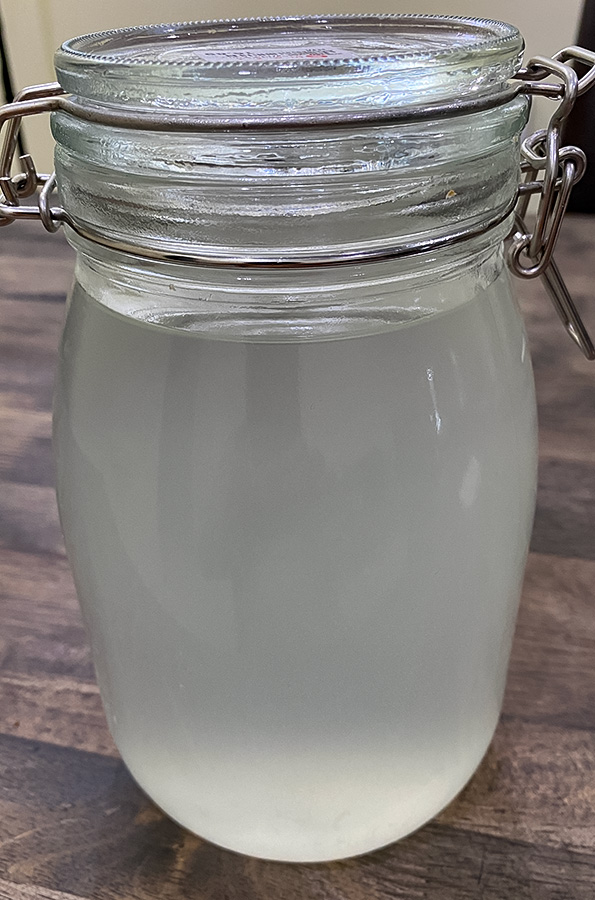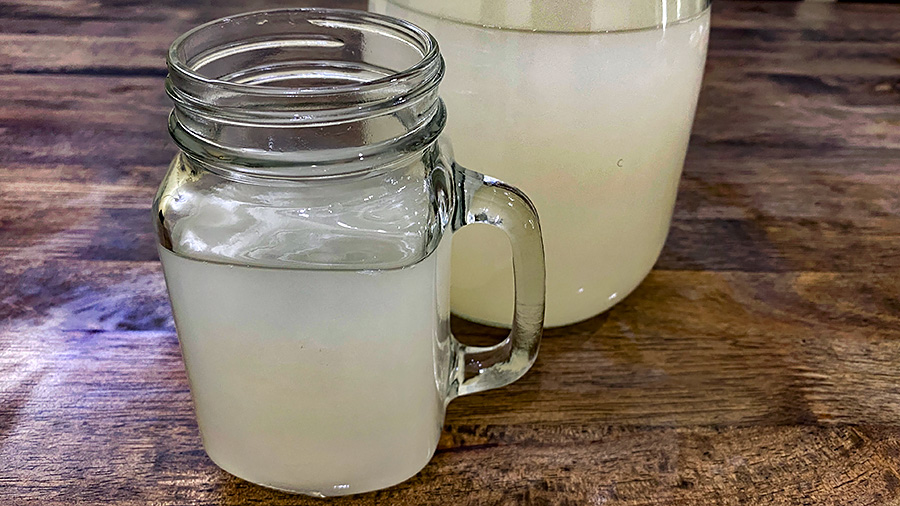|
Clem's Coconut Toddy
|
||||||||||||||||||||||||||||||||||||||||||||||||||||||||||||||||||||||||||||||||||||||||||||||||||||||||||||||||||||
|
The term "coconut toddy" is used here so that it is not mistaken for a non-fermented, hot alcoholic drink made by mixing a liquor (typically rum), water, sugar and spices . The coconut toddy is an alcoholic drink made by fermenting coconut sap tapped from cut flower stalks of the coconut palm. It is a drink popular in Malaysia amongst the diaspora from the south of the Indian sub-continent.
Coconut palm sap has a sugar content of around 15% (3.5% fructose, 2.5% glucose and 7.0% sucrose). Coconut water (that found within coconuts) from nuts greater than 12 months maturity has a sugar content of around 5.5% (2.14% fructose, 1.91% glucose and 1.44% sucrose) ("Coconut Handbook"; https://coconuthandbook.tetrapak.com/chapter/composition). Sugar content is variable depending on coconut variety and the maturity of the nut. As a reference, Coca Cola Classic has a cane sugar content of 10.6% (https://www.coca-colacompany.com/au/faqs/how-much-glucose-is-in-a-can-of-coke). Fructose, glucose and sucrose (a dimer comprising fructose and glucose which requires an invertase to cleave it into the monomers) are all fermentable by yeasts. Coconut water also contains many beneficial substances (see below). Not being near a coconut tree in flower, nor in possession any monkey-climbing skills, I decided to make toddy using coconut water instead of sap. This meant that to simulate the sugar content of coconut sap, I had to increase the sugar content of the coconut water used. METHOD I drained the water from two green and heavy coconuts (to ensure water content) and collected about 1.4 L:
Assuming that the sugar content of the coconut water which I collected was 5%, the difference in value between coconut sap and coconut water meant that I had to boost sugar content of the latter by 10%. This means adding 100 g of sugar per litre of coconut water. I used High Fructose Corn Syrup* to increase the sugar content of the extracted coconut water. You can choose to use cane sugar just as well. This meant adding 187 g of HFCS (assuming it to contain 75% sugars and 25% water) to the 1.4 L of collected coconut water (140 g X [100/75] to account for the water content of HFCS). Thus, the starting sugar content (fructose, glucose and sucrose) at the start of the toddy brew would be around 15%.
Earlier, I let some dry yeast into 50 mL of water to which some HFCS was added to start the yeast growing. This inoculum was pitched into the sugar-fortified coconut water after the yeast had been allowed to grow for some 2 hours.
The coconut toddy produced was fizzy (the fermentation
was still active), had a distinctive coconut flavour, was
alcoholic (about beer strength) and
was still sweet (residual sugars left) after the short brew
(left longer, the brew would have become drier). It's easy to do
- try it some day.
*
High Fructose Corn Syrup is made from corn (maize) starch. The
starch is first depolymerized using alpha- and glucoamylase into
dextrins and glucose, the latter being the desired end-product.
Glucose isomerase is then used to convert glucose to fructose (these
two monomers being isomers). Suffixes after the abbreviation
HFCS indicate the % content of fructose e.g. HFCS 42 and
HFCS 55 contain 42 and 55% fructose by dry weight respectively.
The reason why glucose is converted to fructose is because the
latter is sweeter than glucose. Indeed HFCS 55 has a sweetness
comparable to sucrose (the sweetener in cane sugar) which makes
fructose considered to be 1.6 times sweeter than sucrose. The composition of coconut water (USDA) (nut maturity not stated)
|
||||||||||||||||||||||||||||||||||||||||||||||||||||||||||||||||||||||||||||||||||||||||||||||||||||||||||||||||||||
21
March
2023
Created
by Clem Kuek
